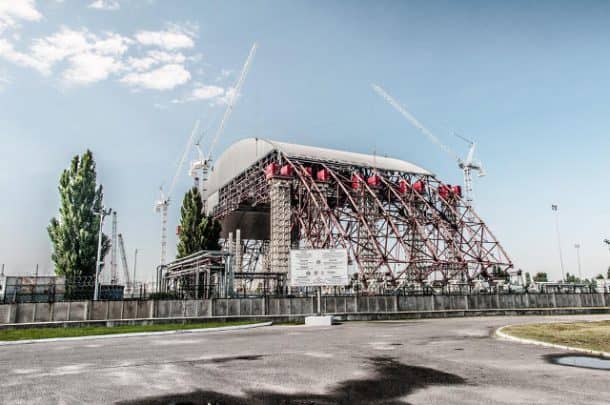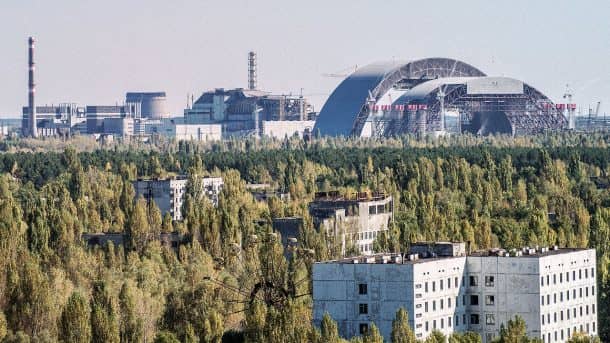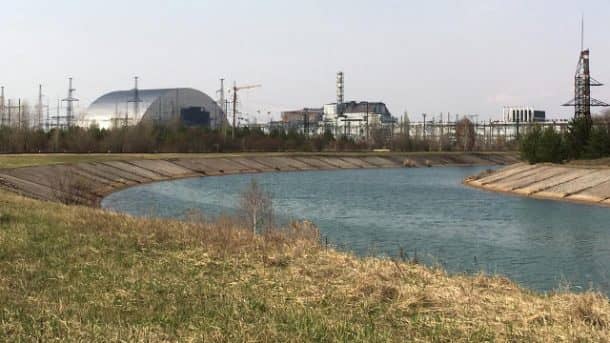It has been thirty years since the Chernobyl nuclear disaster, and the area is still not safe for living or even to grow trees. The plutonium isotope Pu-239 has a half-life of 24,100 years and thus, the land will remain uninhabitable for a long time to come.

The massive area, named the exclusion zone, is roughly the same size as the Rhode Island. While it may not be livable, the Ukranian government has other plans for the region. They plan to build a solar farm on the wasted area; this solar farm will be one of the largest in the world.

There are a few distinct advantages of using the site of Chernobyl nuclear meltdown as a solar farm. First, the electrical installations, one of the major costs of setting up a solar farm, are already in place from the time when the nuclear plant was built. Second, the city of Kiev housing 3 million people with the largest power demands in the country is very close to Chernobyl. Last, the land is very cheap as it is literally unusable.

On completion, the solar farm will generate 1000MW of electricity, a quarter of the installed nuclear plant capacity. If the project is completed in time, it will become the largest solar farm in the world.
The government is negotiating with the investors to raise USD 1.1 billion needed to install the solar farm. However, some industrial specialists have criticised the site of installation, deeming it less than perfect for the plant. Dmytro Lukomsky, COO of Rentechno, a solar installation company said:
“Chernobyl is not the best place to build big solar farms, because it’s in the north of the country. There’s a difference of maybe up to 10% more generation in the south of Ukraine . . . there are a lot more attractive places in the south.”

However, Belarus has set up a solar power plant comprising of 85,000 photovoltaic panels. The project is funded by a telecom firm named Velcom, who believe that the project will meet half the power needs of the company and cover its costs in next five years.
Ukraine fulfils half its energy needs via nuclear plants and aims to shift 11 percent of its power generation to renewable energy by 2020.


